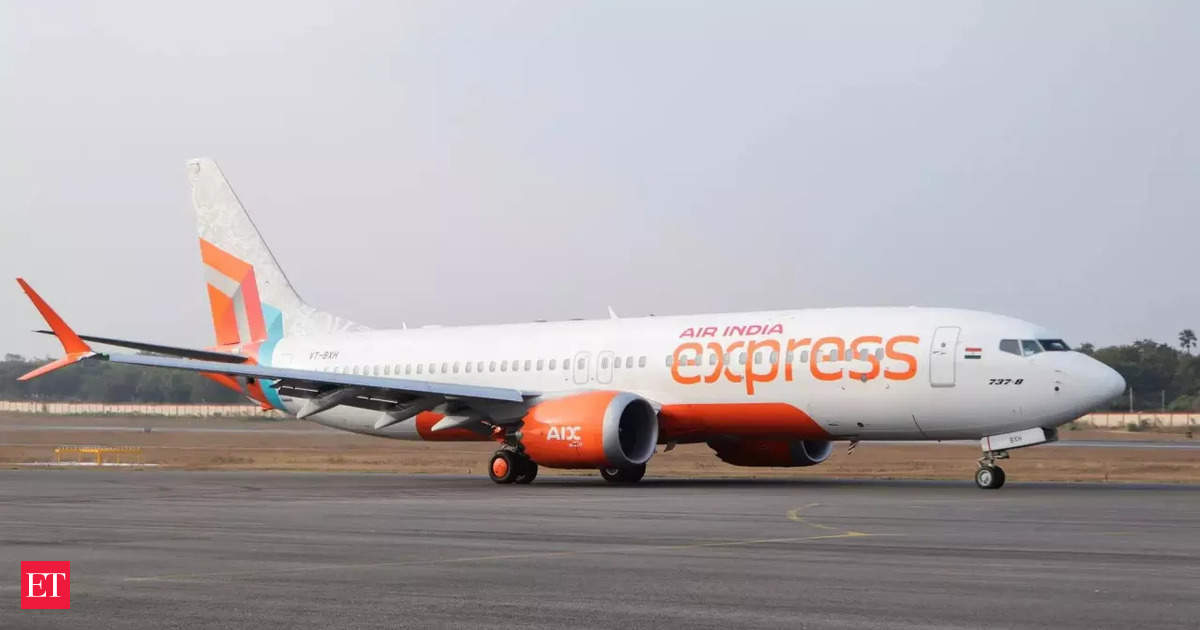The National Aeronautics and Space Administration (NASA) has announced further delays in its moon missions, pushing back the crewed landing to 2026. Initially planned for late this year, NASA has rescheduled the launch of a mission to send four astronauts around the moon to September 2025. Alongside this, the first human moon landing in over 50 years has been postponed from 2025 to September 2026. The postponement is attributed to safety concerns with NASA’s own spacecraft.
The crewed landing, which was anticipated to mark a significant milestone in space exploration, has been pushed back due to the need for additional safety measures. NASA has been working on the development of new space technologies to ensure the safety and success of the mission. However, the agency has not provided specific details on the nature of the safety concerns or the modifications needed for its spacecraft.
The decision to delay the crewed landing raises questions about the overall timeline and feasibility of NASA’s Artemis program. The program aims to return humans to the moon for the first time since the Apollo missions of the 1960s and 1970s. With this significant setback, NASA faces challenges in meeting its goal of landing humans on the lunar surface by 2024, as initially planned.
Despite the delays, NASA remains committed to the Artemis program and its long-term objective of establishing a sustainable human presence on the moon. The agency sees the moon as a stepping stone for future missions to Mars and beyond. By conducting tests and experiments on the lunar surface, NASA aims to gather valuable data and insights that will inform future deep space exploration.
NASA’s decision to prioritize safety demonstrates its commitment to protecting the lives of astronauts and ensuring the success of its missions. The complexities and risks associated with space travel necessitate thorough preparations and stringent safety standards. By addressing the safety concerns and making necessary modifications, NASA aims to ensure that its spacecraft and systems are ready for the challenges of lunar missions and beyond.
While the delays may disappoint many space enthusiasts and scientists eagerly awaiting the next moon landing, it is crucial to prioritize safety and take the necessary precautions. Space exploration is a high-stakes endeavor, and even slight miscalculations can have severe consequences. By learning from past experiences and continuously improving its technology, NASA strives to push the boundaries of human exploration and expand our understanding of the universe.
In conclusion, NASA’s moon missions face further delays due to safety concerns, leading to the rescheduling of the crewed landing to September 2026. While this postponement may raise questions about the feasibility of the overall timeline, NASA remains committed to the Artemis program and its goal of establishing a sustainable human presence on the moon. By prioritizing safety and making necessary modifications, NASA aims to ensure the success of its missions and pave the way for future exploration.










